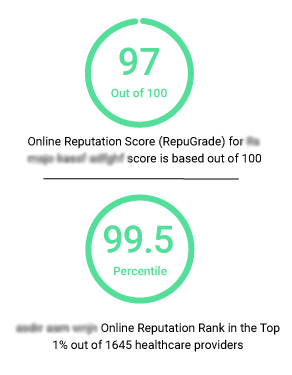Microsoft Flips Windows 8 Flash Ban
Microsoft has made a significant change of course regarding Windows devices and user access to Flash content. Going forward, Microsoft mobile devices, tablets, and desktop browsers will allow Flash to run unless the content being requested is on a Microsoft-created blacklist of prohibited websites.
Previously, users had been experiencing potential problems with Flash or even a complete inability to view certain Flash sites. Upon the rollout of Windows 8, people using IE10 on desktop computers could use Flash but experienced sporadic and various problems. The Metro version of IE would allow Flash content only from websites on a Microsoft-approved whitelist. Smartphones and tablets running Windows RT also required whitelisting to get the green light.
Microsoft’s developer dreams deferred
Why did Microsoft hinder Flash content in the first place? It all comes down to the company’s push toward HTML5 adoption. In blocking Flash sites, the intentions were manifold.
One reason for the initial Flash kibosh was so that developers would feel a pull toward HTML5 multimedia. Surely they received the message, but adoption of HTML5 did not suddenly explode.
Microsoft also hoped that their whitelist maneuvering would create a healthy balance in which users got some Flash content and did not feel like they were extremely hindered or blocked out of entertainment.
However, the nuances of knowing which operating system and browser version combination would work (not to mention what exactly was on the whitelist) was not communicated well to end users, who saw generic or confusing error messages when accessing blocked Flash sites.
What the reversal shows about the marketplace
In the end, the user troubles would have been outweighed by new HTML5 web content had such content quickly been produced. One could argue that Microsoft’s error was in assuming that two separate groups (developers and consumers) would effectively sort things out on the same timeline.
HTML5 still has a bright future, but what this Flash ban reversal shows is that Microsoft’s act of media content traffic-policing was not enough to affect strident changes in either consumer wants or developer focuses.
Comments are closed


